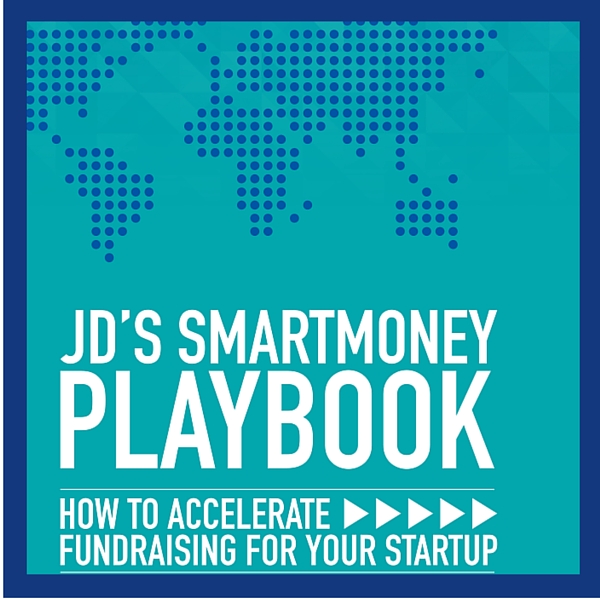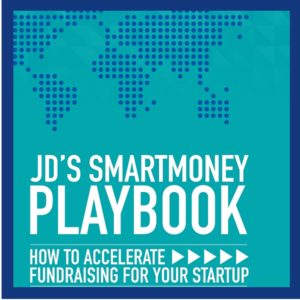Sure, you know what an elevator pitch is. It’s a compelling synopsis of your story to share with a listener in the time it takes to get from the bottom to the top floor in an elevator.
When pitching your offering to a potential customer, the elevator pitch conveys what you offer in a way that resonates with the prospect. The best elevator pitches entice the prospect to utter the words, “tell me more.”
An elevator pitch to a potential investor is no different. The difference is the outcome; instead of generating revenue from a prospect you’re trying to secure capital from an investor. Either way, you’re selling.
Unfortunately, entrepreneurs often fail to connect with investors. That’s because they create two sins that slam the door on their fundraising chances.
The goal of an elevator pitch
A resume isn’t designed to get you a job. Its purpose is to get you an interview.
Likewise, the goal of an elevator pitch is to get you a meeting with a target investor that you’ve screened. Makes sense, right? Unfortunately, I’ve seen many starry-eyed entrepreneurs commit the same two sins over and over at investor conferences. Those sins are:
- verbally vomiting their pitch
- being out of tune with the investor
Actually, these two sins go hand-in-hand.
By verbal vomit, I mean the entrepreneur rambles on with an incoherent pitch that takes up too much of the investor’s time. Sometimes it’s at a conference where other entrepreneurs are waiting behind the rambling CEO to speak with the investor. If you have been guilty of this…it’s okay. It happens. But start paying attention to how your pitch is being received. And that brings me to the second sin.
 I describe how to find the right investors in the SmartMoney Playbook. It’s free, and you can grab it here.
I describe how to find the right investors in the SmartMoney Playbook. It’s free, and you can grab it here.
Being out of tune with the investor (or potential client) means not watching for subtle clues. Is the investor looking at his watch? Are there people behind you waiting to speak with him and are you monopolizing his time? Is he laser-focused on what you’re saying, expressing genuine interest in your idea?
The only way to get great at an elevator pitch is to practice, refine, and practice. As with most things, start with the end in mind. And the end goal is to get a meeting at the investor’s office.
Before we continue, take a few minutes to watch this video. I’ll share what I’ve learned about creating an elevator pitch that connects with investors.
Crafting your investor elevator pitch
Okay, the goal is NOT to explain everything about your idea. Rather, it’s to get a meeting with a SmartMoney investor. So how do you do that?
Plant seeds that allow the investor to see the potential of your idea. This will be a lot easier and allow you to accelerate fundraising if you don’t take a shotgun approach to fundraising, but instead target the right investors for your market.
Give the investor enough teasers in your elevator pitch to ask YOU for a meeting. What you want is 60 minutes with the investor. That’s enough time to tell your story, present the opportunity and show the investor how your idea can change the world. And make them a lot of money.
Try to”bake in” ways to turn the elevator pitch from a monologue into a two-way dialog. Here’s an example of what I mean:
You: “My startup generated $2 million in sales last year by enabling 50 professional service firms to automate their social media marketing. Our average client reports a 4:1 return on their investment and is allocating more budget to us. Would you like to learn more?
Investor: “Yes. Heck yes.”
I did a few key things in this fictitious example that I think are important:
- I broke the pitch down into three memorable sentences. Often, entrepreneurs try to rehearse a long pitch. When they can’t recall it word for word they end up stumbling in the middle. That leads to rambling. By contrast, this sample pitch is not difficult to recall.
- I proved credibility to the investor by,
- citing revenue,
- citing an impressive number of clients,
- inferring both a targeted approach (professional service firms) and a large market (there’s lots of those firms) and
- that our customers are achieving success.
- I made it easy for the investor to say, “Yes, tell me more.”
When the investor asks to know more is the point the conversation becomes two-way. I now have engagement, which is required before booking a meeting.
The next step could be a longer but equally well-rehearsed pitch or a formal meeting at the investor office.
Of course, these same rules apply to email. When you’re approaching prospective investors via email your goal is to…well, you know it by now…GET. A. MEETING. So approach the elevator pitch in a similar way via email.
By targeting the right investors and fine-tuning your pitch, you’ll be able to do what other entrepreneurs only dream about. You’ll raise money, build your business and add value to lots of people’s lives.
What’s your process for crafting an elevator pitch?
Join Us in a 30-Day Sprint for SmartMoney.
Our sprint program kicks off October 3, 2017 and is reserved for those who are poised and ready to take action to accelerate their path to funding. Sign up here to get on our wait list.








Pingback: Why You Need to Understand Exit Strategy Before Starting Your Business - JD Davids()
Pingback: Top Reasons Why Your Investor Pitch Is NOT Compelling - JD Davids()
Pingback: The Secret Recipe for Raising Smart Money - JD Davids()